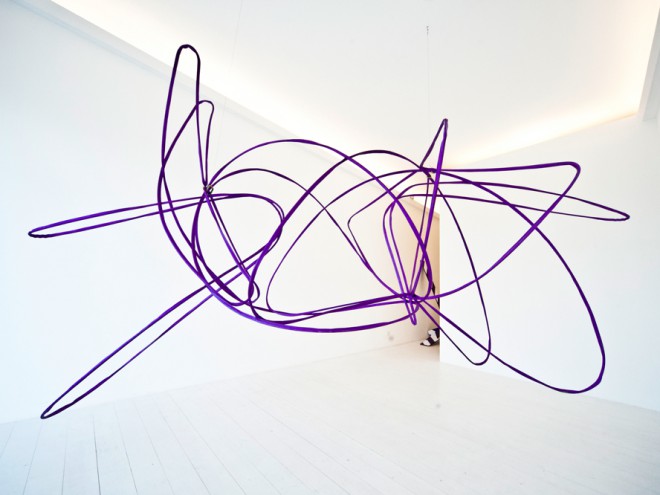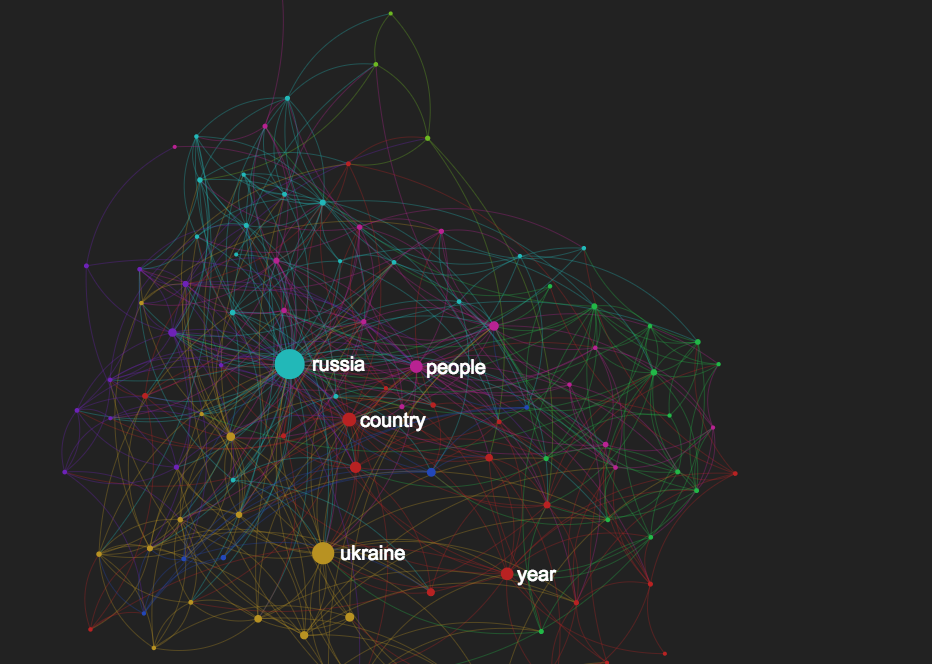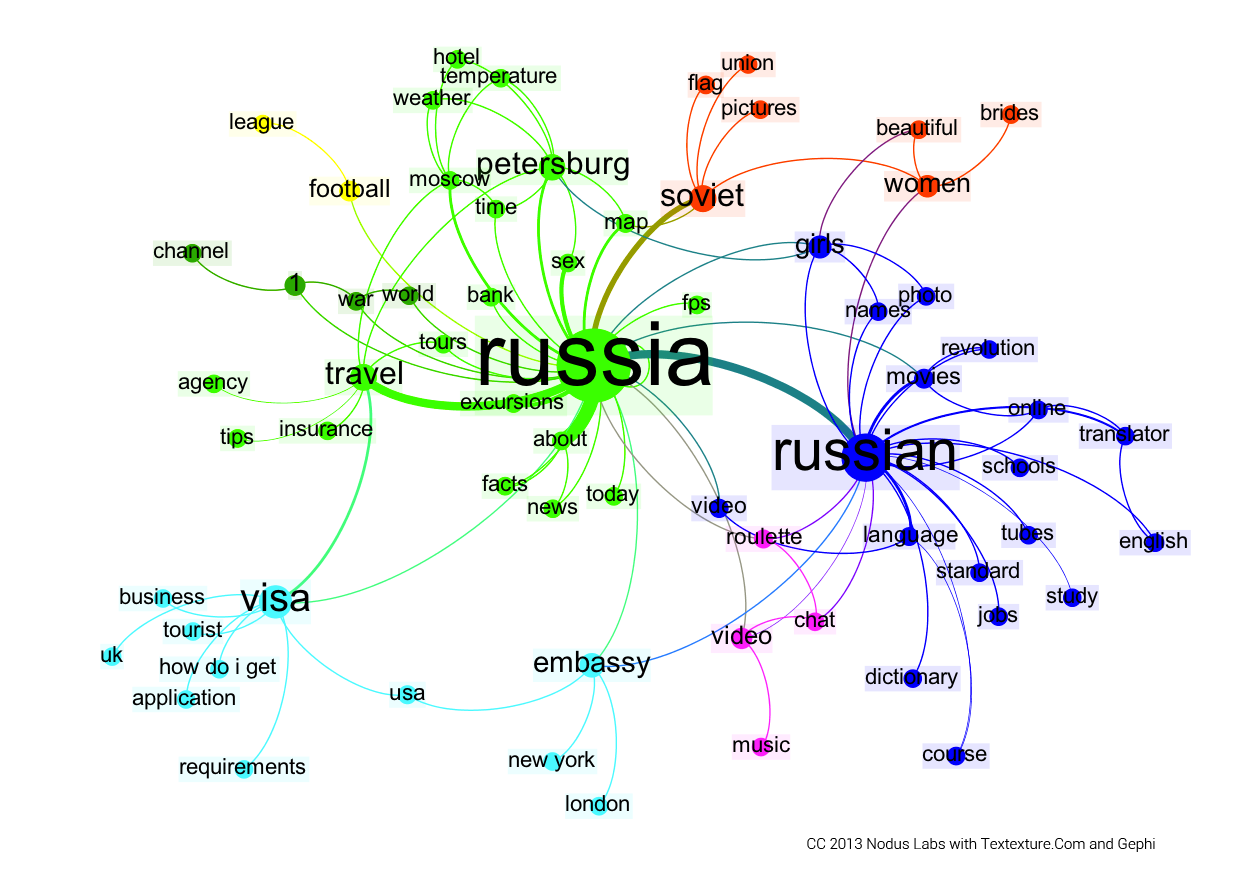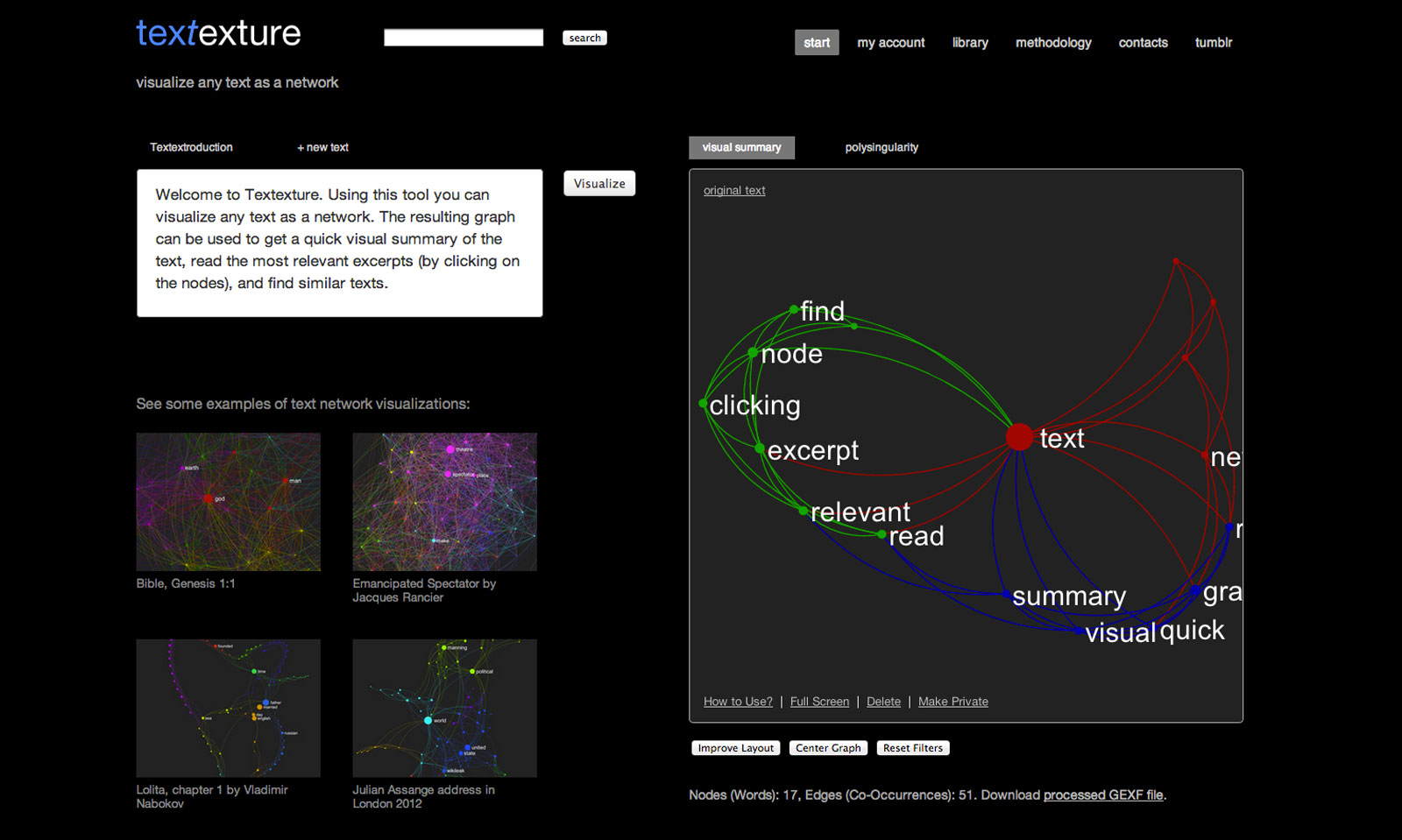Posted by Nodus Labs | January 28, 2015
Learning through Associations and Knowledge Graphs
Learning often works through associations. In this article we demonstrate how one can enhance one’s knowledge through the use of network graphs, which provide a good overview and at the same time can reveal the limits and the frontiers that are to be explored.





